Milk and dairy products are some of the most widely used food items in the world. Therefore, it is no surprise that milk is one of the most widely adulterated items. In this article, we will discuss the common adulterants used in milk and their side effects.
Why does milk adulteration take place? 
Milk contains an abundant amount of protein, fats, carbohydrates, vitamins, and minerals. Owing to this fact, milk is considered an ideal food for both adults and children and is therefore in high demand.
The gap in the demand and supply of milk is the primary reason why milk is one of the most adulterated food items. Moreover, the perishable nature of milk is also an important reason why it becomes an easy target for adulteration. Heavy amounts of preservatives are often added to milk to increase the shelf-life of the product.
National Milk Safety and Quality Survey conducted by the Food Safety and Standards Authority of India in 2018 showed that 7% of samples of milk were found unsafe for human consumption due to adulteration. However, 41% of the “safe” samples still fell short on one or more quality parameters.
Common milk adulterants
1. Sugar: sugar is the most common adulterant used in milk. It is primarily used to increase the carbohydrate content in milk. Table sugar increases the density of milk, which is then watered down to the desired density.
2. Starch: Starch is another very common adulterant used in milk to increase the density of milk. Starch increases the solid content of the milk and hence the density and carbohydrate content.
3. Preservatives: The common preservatives used to increase the shelf-life of milk are benzoic acid, salicylic acid, and formalin.
4. Soap: In some cases, the presence of soap and detergents has been found in milk. These adulterants are used to increase the thickness of the milk.
5. Ammonium Sulfate: This adulterant is used in milk to keep the density of the milk stable by increasing the lactometer reading.
6. Water: Water was found to be the most widely used adulterant in milk and is added to increase the volume of milk.
The Harmful Effects of Milk Adulterants
Listed below are a few of the harmful effects of the adulterants found in milk
1. Adulterants like water, while non-toxic, reduce the nutritional value of milk by manyfold. Moreover, water used in milk might be contaminated and may lead to waterborne diseases like cholera, typhoid, hepatitis, etc. Pesticides and heavy metals that are toxic to the human body may also be present in the unfiltered and untreated water.
2. High amounts of starch and sugar in milk may lead to gastrointestinal problems. The accumulation of excess starch and sugar may also cause diabetes and cardiovascular diseases.
3. Adulterants like soap, detergent, and ammonium sulfate can cause vomiting, nausea, and gastritis. In some cases, it may also harm the liver, kidneys, and heart.
4. In extreme cases, the presence of toxic chemicals like formalin, benzoic acid, and salicylic acid can cause cancer.
How to detect milk adulteration?
The most common test to check the “purity” of milk is the lactometer test. The lactometer tests the purity of milk by measuring its density. However, this test cannot be trusted since the density of milk can be manipulated. Moreover, it does not identify the adulterants present in the milk. Here are a few ways to detect the presence of milk adulterants at home.
1. WATER
The presence of water can be detected by pouring a small amount of milk over a polished and slanted surface. If the milk flows slowly and leaves a trail, it is pure. However, if the milk flows immediately without leaving any mark, it is adulterated.
2. STARCH
Excess starch can be detected using a tincture of iodine. Add a few drops of tincture iodine to the milk. If it turns blue, it means that the milk is adulterated with excess starch.
3. DETERGENT
To check the presence of detergent, take equal amounts of water and milk in a bottle and shake it thoroughly. If there is lather, it proves the presence of detergent.
4. SOAP
Firstly, when you rub milk between your fingers, you can detect its soapy texture. Additionally, milk adulterated with soap turns yellow on heating.
5. UREA
To a test tube with 5 ml of milk, add half a teaspoon of soybean or arhar dal powder. Shake thoroughly and rest the tube for 5 minutes. Introduce a red litmus paper to the solution and after 30 seconds. If the red litmus paper changes to blue, it indicates that the milk is adulterated with urea.
Conclusion
Milk is an essential part of our diet, and it is difficult to imagine households without milk or dairy products. The rapid increase in the adulteration of milk has left many people vulnerable. It has become increasingly important to implement strict laws on food adulteration and come up with practical and ethical ways of producing and consuming milk.
 Food Manifest
Food Manifest 


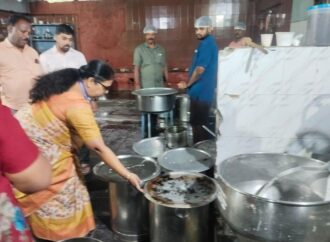
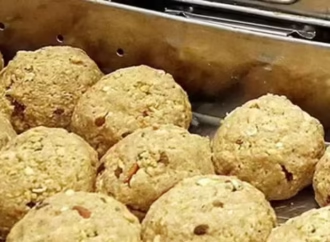

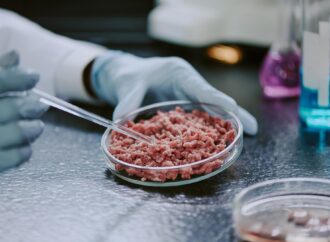


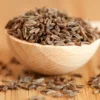

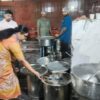



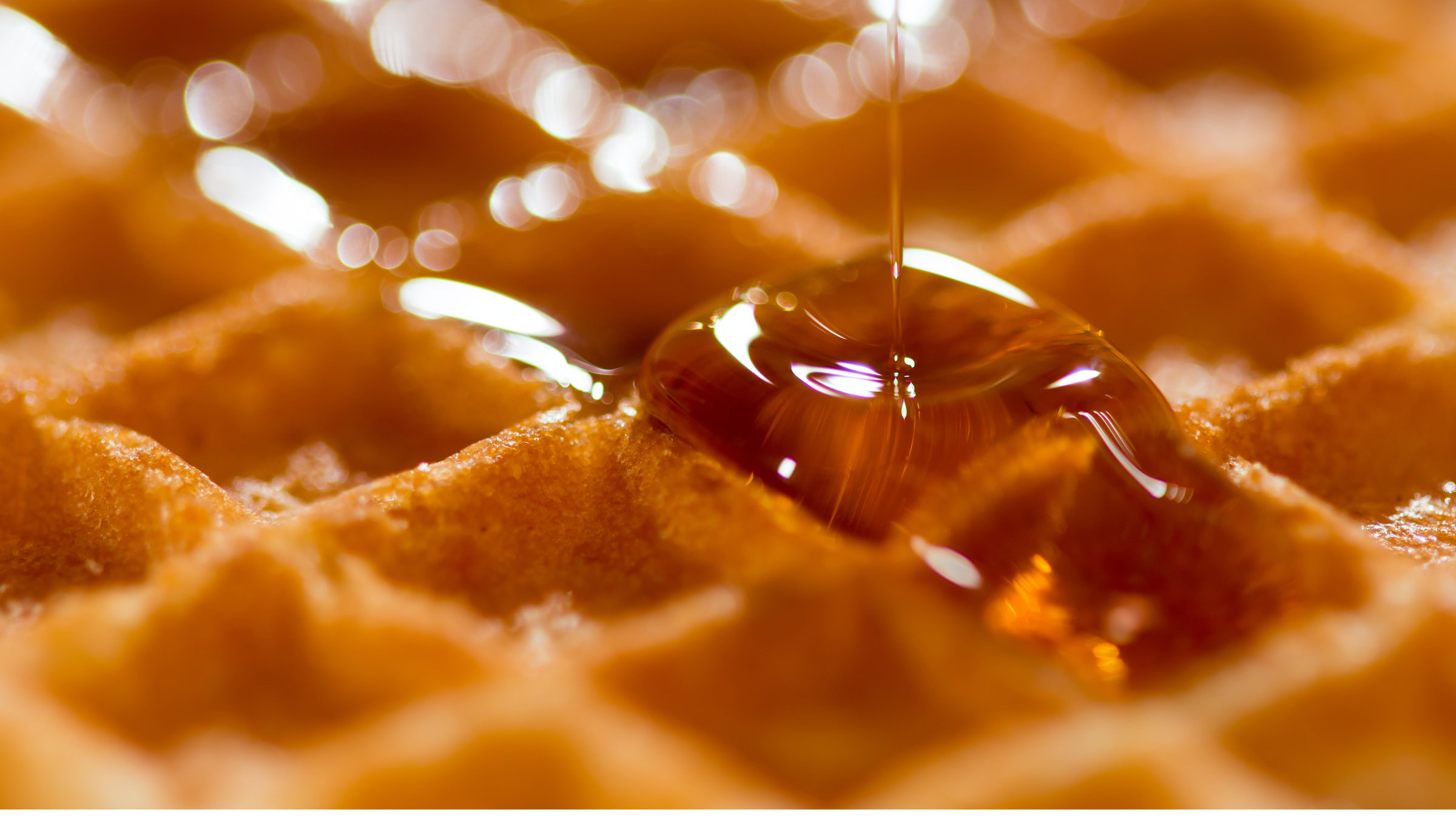



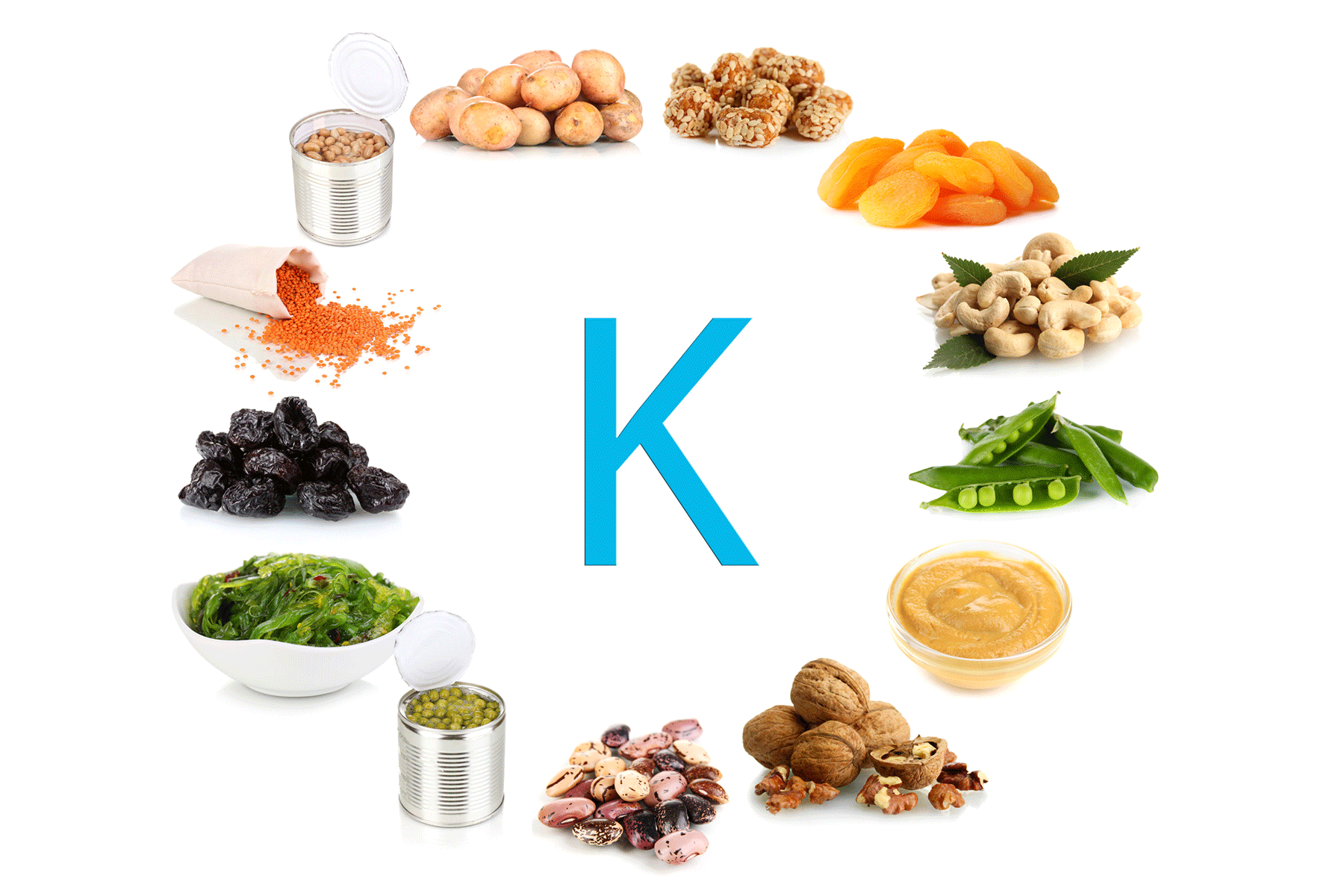
Leave a Comment
Your email address will not be published. Required fields are marked with *